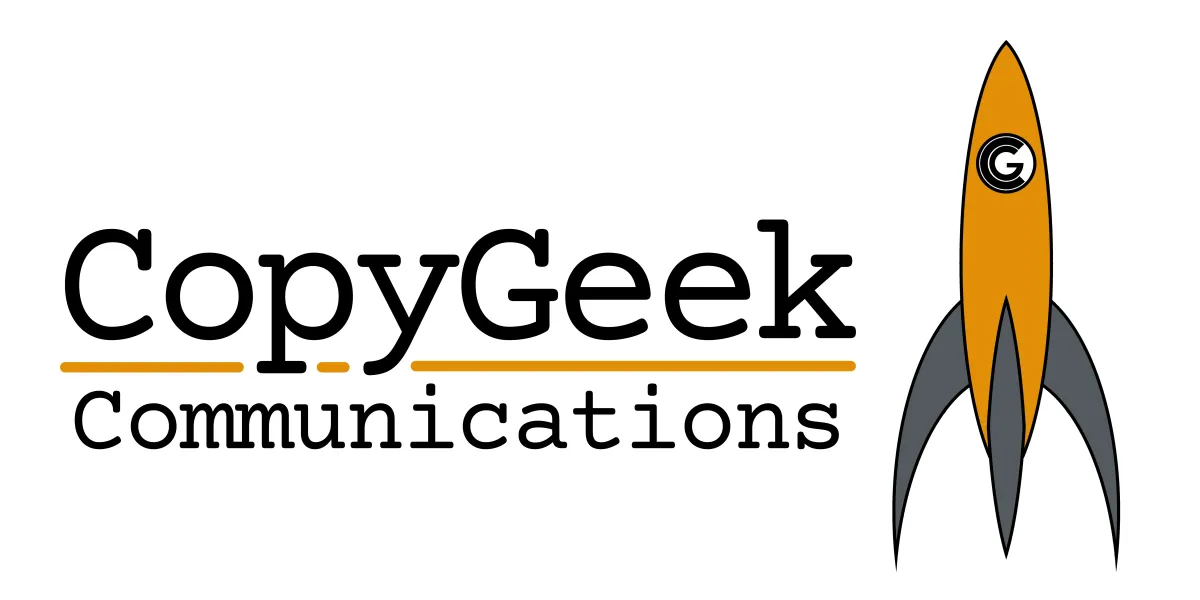Our Latest Articles
No blogs found

Dedicated to helping small business owners generate more leads with compelling content that delivers impactful results.
Newsletter
Join the CopyGeek Community to stay updated on the latest services, exclusive offers, and valuable insights. Subscribe now and elevate your brand’s success!